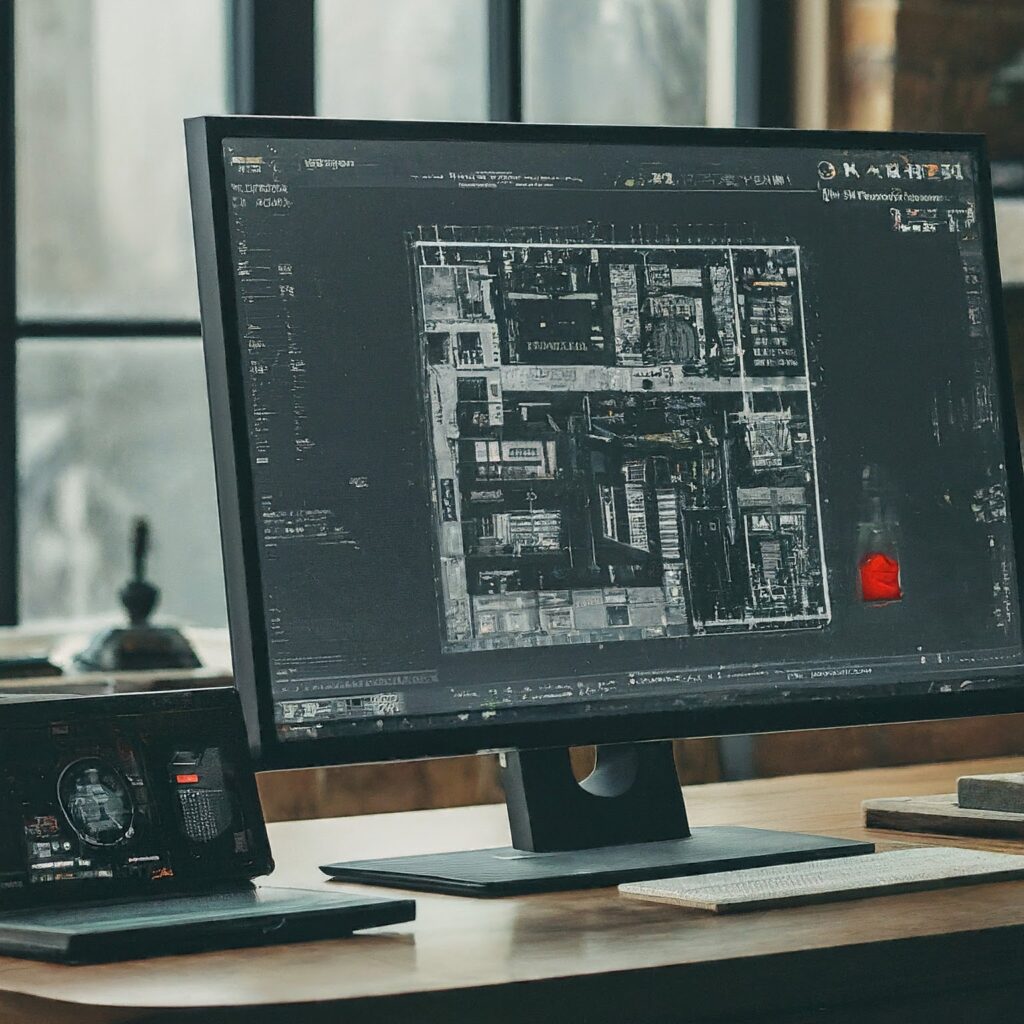fire alarm graphics system are the bedrock of building safety, but traditional panels with cryptic beeps and flashing lights can hinder effective response. This is where fire alarm graphics systems (FAGS) step in, offering a revolutionary approach to fire safety.
ensuring the safety of occupants in commercial and residential spaces is paramount. One of the most crucial components of any safety system is a reliable fire alarm graphics system. In this comprehensive guide, we’ll delve into the intricacies of fire alarm graphics systems, their importance, key features, and how they contribute to safeguarding lives and property.
What is a Fire Alarm Graphics System?
A FAGS is a software program that connects to your fire alarm control panel. It translates incoming data – activated detectors, location information – into a user-friendly graphical interface. This interface typically displays a floor plan or building layout, with icons representing fire alarm devices like smoke detectors and pull stations.
Understanding Fire Alarm Graphics Systems
Fire alarm graphics systems are advanced tools designed to provide visual representation and real-time information about fire detection and alarm systems within a building. Unlike traditional alarm systems, which rely solely on auditory alerts, fire alarm graphics systems offer a visual interface that enables swift and informed decision-making during emergencies.
Benefits of Fire Alarm Graphics Systems
FAGS offers a multitude of advantages over traditional fire alarm systems:

- Enhanced Situational Awareness: A clear visual representation of the activated device’s location on a familiar floor plan allows responders to pinpoint the fire’s origin quickly. This eliminates confusion and wasted time searching for the source of the alarm.
- Faster Response Times: Every second counts in a fire emergency. With FAGS, responders can assess the situation and initiate the appropriate course of action – evacuation, firefighting, or investigation – much faster.
- Improved Decision-Making: FAGS can integrate with other building systems like security cameras and access control. This comprehensive view empowers responders to make informed decisions, such as isolating specific areas or directing occupants to the safest evacuation route.
- Reduced Training Time: The intuitive graphical interface of FAGS makes it easy for personnel to learn and understand the system. This translates to faster training times and a more prepared response team.
- Increased Efficiency: FAGS can streamline fire alarm management by allowing authorized personnel to remotely acknowledge, silence, or reset alarms. This reduces the need for personnel to physically visit the location of the triggered alarm.
Key Features of Fire Alarm Graphics Systems
- Graphical Representation: These systems utilize floor plans and graphical interfaces to display the location of fire alarms, detectors, and other relevant devices within a building, offering a clear overview of the premises.
- Real-Time Monitoring: Through continuous monitoring and sensor integration, fire alarm graphics systems provide instant updates on the status of fire detection devices, enabling prompt response to any anomalies.
- Integration with Building Systems: Integration capabilities allow fire alarm graphics systems to communicate with other building systems, such as HVAC and access control, for enhanced automation and response coordination.
- Customization Options: Users can tailor the interface to meet specific needs, including zoning areas, defining alarm priorities, and configuring notification preferences.
Choosing the Right Fire Alarm Graphics System
Selecting the right FAGS depends on the specific needs of your building. Here are some key factors to consider:
- Building Size and Complexity: Larger buildings with intricate layouts will require a more sophisticated FAGS with advanced features for managing multiple zones and floors.
- Number of Fire Alarm Devices: The system should be able to handle the number of devices in your fire alarm system without experiencing performance issues.
- Integration Capabilities: Consider if you want the FAGS to integrate with other building systems for a holistic safety approach.
Implementing Fire Alarm Graphics Systems
When implementing a fire alarm graphics system, several factors need to be considered:
- System Design: Work with experienced professionals to design a system that aligns with the building’s layout, occupancy, and safety requirements.
- Installation and Integration: Ensure proper installation and integration of the system with existing infrastructure to maximize its effectiveness.
- Training and Maintenance: Provide comprehensive training to building occupants and staff on system operation and conduct regular maintenance to ensure optimal performance.
Conclusion
Fire alarm graphics systems are a powerful tool for enhancing fire safety in your building. By improving situational awareness, accelerating response times, and streamlining fire alarm management, FAGS can make a significant difference in the event of a fire emergency. Consider investing in a FAGS to safeguard your building, occupants, and assets.


